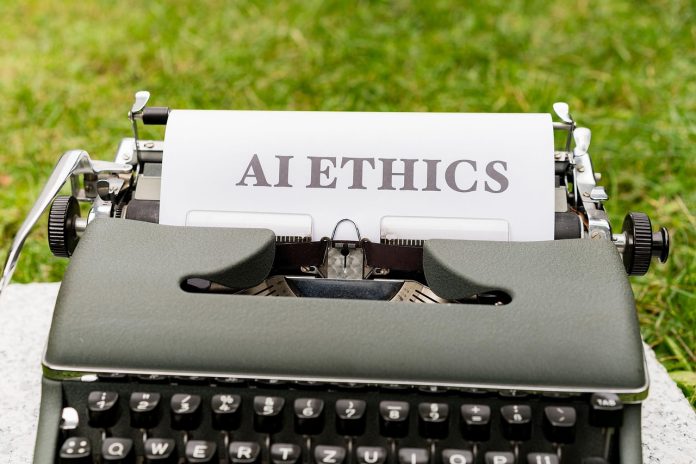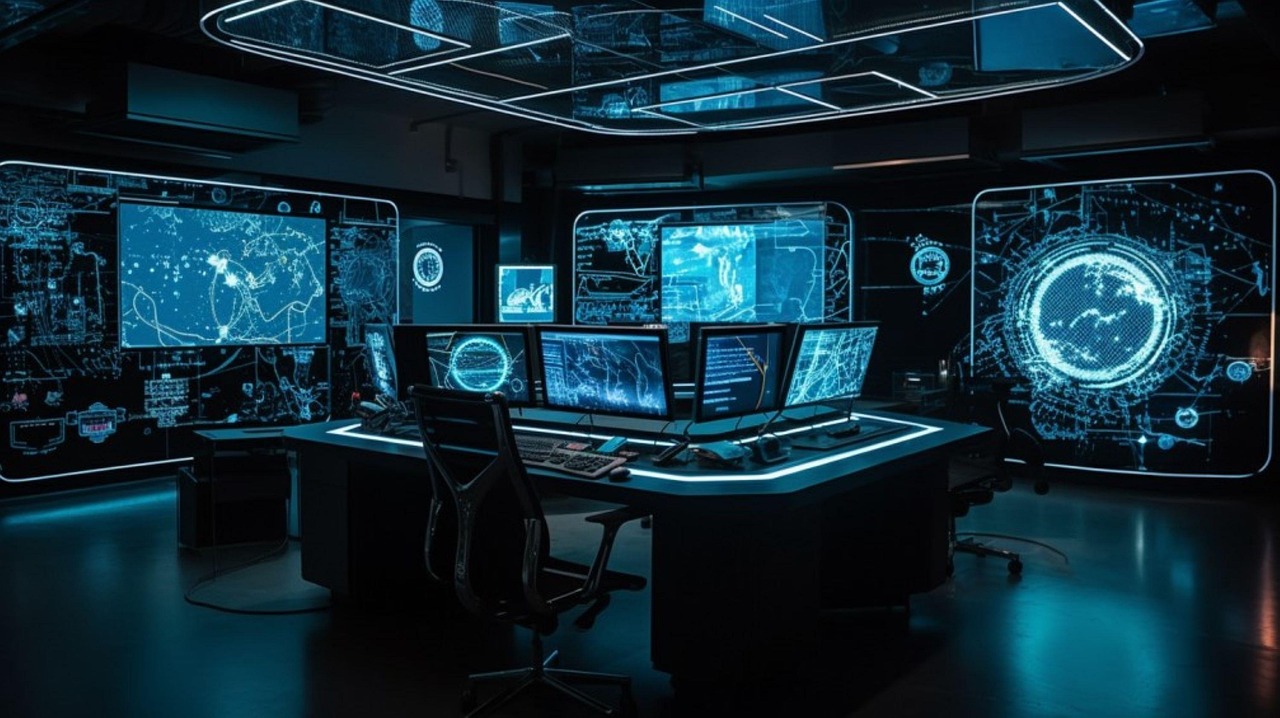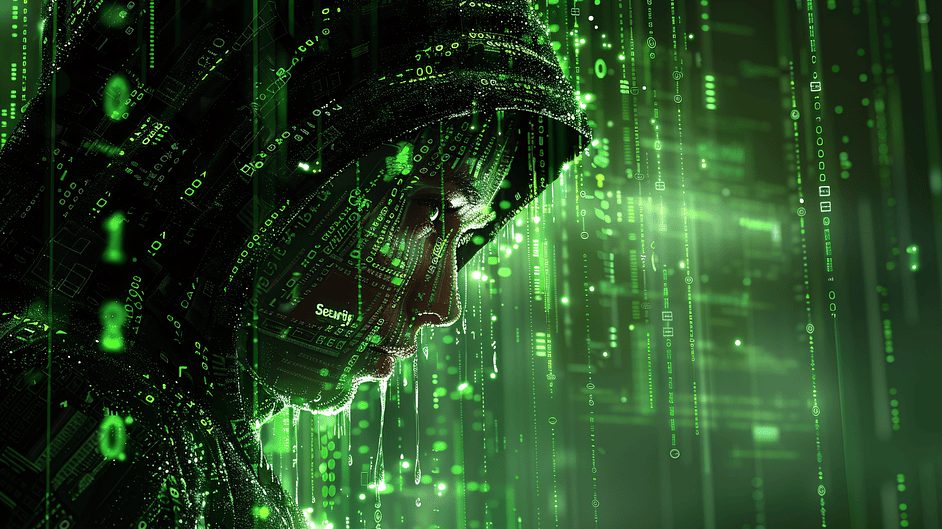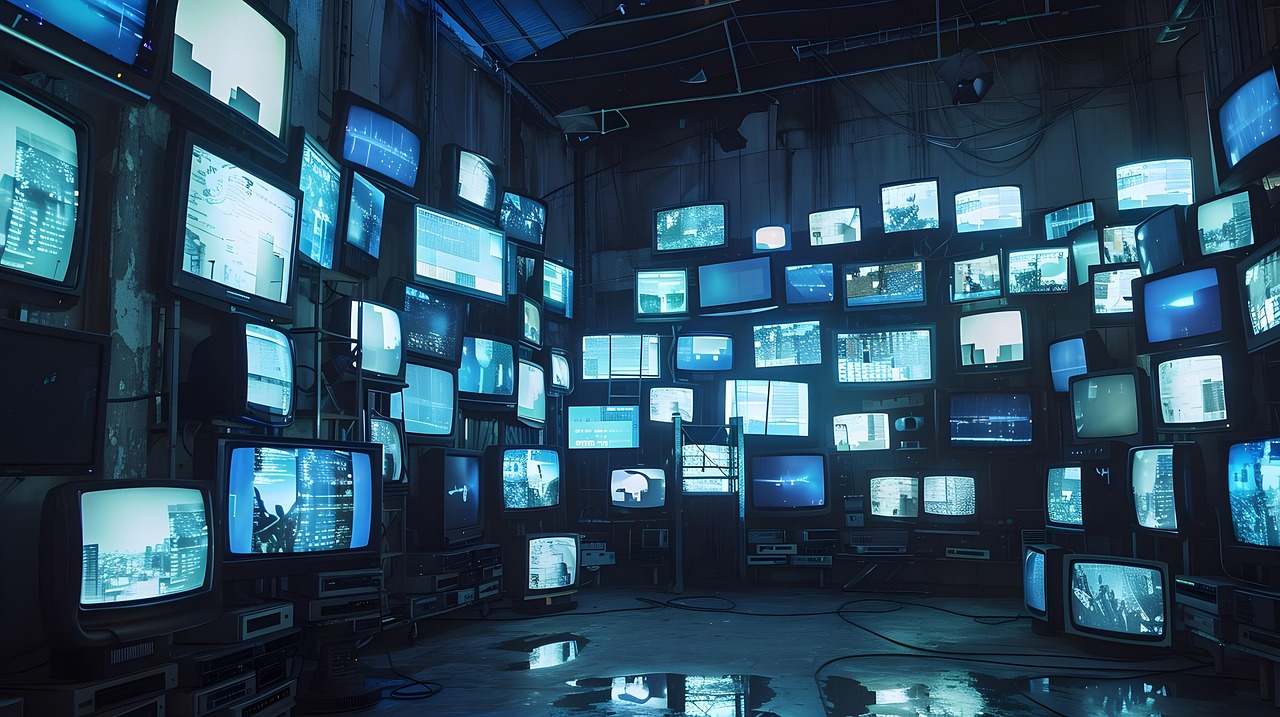In this post, I will talk about the ethics of AI in surveillance and security.
From facial recognition cameras in airports to predictive policing algorithms in cities, artificial intelligence has rapidly become involved in modern surveillance systems.
Alongside security guards, analysts, and investigators, AI is now being incorporated in security. Now, machines that can process video, sound, and data are entering the field at an unprecedented scale.
But as AI transforms how societies monitor, detect, and respond to threats, it also forces us to confront a crucial question:
How far should we let AI go in the pursuit of safety?
The discussion of innovation and ethics in security is no longer a theoretical debate—it’s become an urgent societal responsibility.
And in this article, we’re going to discuss the ethics of AI in surveillance and security and how far we’re willing to go for the sake of safety.
Table of Contents
AI in Surveillance
When we talk about surveillance, the first thing that probably comes to mind are technologies like CCTV cameras and biometric scanners.
As with every innovation, each of these promised greater efficiency and safety. But AI has changed the game entirely.
Modern AI systems can now recognize faces, gestures, and emotions from live or recorded video; they can track individuals across multiple camera feeds; they can analyze crowds to detect anomalies or potential crimes before they happen; they can even integrate with drones, smart sensors, and public databases to build a near-complete picture of human behavior.
In many countries, AI surveillance is inextricably involved in “smart city” initiatives. Cameras equipped with machine learning models can detect unattended bags, count vehicles, or identify suspects in real time.
In the private sector, businesses use similar systems for theft prevention, employee monitoring, and access control.
What makes AI surveillance so revolutionary is the scale in which it innovates and processes surveillance.
AI enables automated, continuous, and granular surveillance that far exceeds what any team of human operators can achieve.
But this capability also magnifies the ethical risks.
Efficiency and Safety at Scale
To understand why AI surveillance has been embraced so widely, let’s discuss its legitimate benefits.
Real-Time Crime Detection
AI-powered video systems can spot suspicious behavior—a person loitering near a restricted area, a car driving erratically, or a crowd suddenly dispersing.
These alerts can help authorities respond faster, potentially saving lives.
Predictive Policing and Threat Prevention
By analyzing patterns in video and data, AI can identify potential criminal activity before it occurs.
For example, predictive analytics might identify high-risk zones for theft or violence, allowing police to allocate resources more effectively.
Enhanced Public Safety
During emergencies such as fires, natural disasters, or terrorist attacks, AI video tools can track movement patterns and identify individuals in need of assistance.
Airports and stadiums utilize these systems to enhance evacuation responses and effectively manage large crowds.
Business and Workplace Security
In corporate environments, AI can automate access control, detect intrusions, and ensure compliance with safety rules.
Some companies use AI video to analyze workflows and prevent accidents on industrial sites.
There’s no denying the societal value these systems can bring. AI can make security faster, more accurate, and more proactive.
However, as with all powerful tools, the same technology can also be turned toward surveillance abuse.
Privacy, Power, and Bias
The ethics of AI surveillance depends on how it redefines the boundary between safety and personal freedom.
Privacy Concerns
AI video surveillance enables constant observation to become the default.
Unlike traditional CCTV, which requires manual review, AI can analyze footage in real-time, identifying faces, moods, and even associations between individuals.
In many cities, individuals are being effectively recorded, tracked, and categorized without their consent.
When combined with other datasets, like social media, financial records, and geolocation logs, AI surveillance can produce a near-total map of one’s life.
This pervasive visibility threatens the fundamental right to privacy. People may start modifying their behavior in public out of fear of being watched.
Algorithmic Bias and Discrimination
AI systems are only as good as the data they’re trained on.
In fact, according to Amnesty International Canada, facial recognition models tend to misidentify women and people of color at higher rates.
When these systems are deployed for policing or immigration control, biased algorithms can reinforce existing inequalities, which could lead to wrongful detentions and discriminatory targeting.
For instance, US cities San Francisco and Boston have banned the use of facial recognition due to these very concerns.
The Surveillance Industrial Complex
As governments and corporations adopt AI surveillance, the power to observe and control populations becomes concentrated in even fewer hands.
Private tech companies often supply both the infrastructure and data analytics tools, raising concerns about accountability: Who owns the data? Who decides how it’s used? What happens when these systems are repurposed for profit or political gain?
This tension between public surveillance and private interests creates an opaque ecosystem where citizens have limited visibility and recourse.
The New “Panopticon”
Philosopher Jeremy Bentham’s “Panopticon” design—a circular prison where inmates could be watched at any time without knowing if they are being watched—was meant to illustrate how surveillance enforces discipline.
Today, AI video has turned that metaphor into reality.
With neural networks capable of processing millions of hours of footage, governments can monitor entire populations with minimal human intervention.
The result is a world where being seen no longer requires consent. AI video transforms public space into an environment for data mining where every gesture is a potential data point.
The danger might be subtle, but it is profound: when surveillance becomes invisible, it becomes harder to resist.
Consent and Transparency
One of the core ethical challenges of incorporating AI in surveillance and security is the absence of informed consent.
In our day-to-day lives, most people walking down a city street or entering an office building would have no idea that AI algorithms are analyzing their faces, body language, and movements.
Even when signs indicate “CCTV in operation,” few systems disclose the presence of AI-enhanced analysis or how long the footage will be stored.
But transparency requires more than this. It demands clear communication about what data is being collected, how it is processed and stored, who has access to it, and whether/how individuals can opt out.
Some countries, like those in the European Union, attempt to regulate these practices through GDPR and similar frameworks. Under GDPR, biometric data is classified as “sensitive,” requiring explicit consent for use.
However, enforcement remains inconsistent, especially for private-sector AI video systems deployed under the guise of “security.”
Without proper transparency and accountability, AI surveillance risks crossing into mass data collection without democratic oversight.
Trading Off Freedom for Security
The dilemma here is not whether surveillance should exist, but how much surveillance a free society can tolerate.
Security is a legitimate goal, particularly in the context of terrorism and cybercrime. However, when AI provides authorities with omnipresent visibility, the line between protection and control becomes blurred.
Consider this paradox: the more data AI collects, the better it performs at preventing harm; but the more it observes, the greater the threat to privacy and autonomy.
This trade-off is not easily solved by technology alone—it’s a moral and political decision. Citizens, not algorithms, must define the limits of surveillance in democratic societies.
The question then becomes: can we build systems that keep us safe without violating our right to privacy?
Who’s accountable?
When an AI system flags a person as a threat or misidentifies them, who is responsible? The developer? The operator? The algorithm itself?
AI video systems often operate as black boxes—their decision-making processes opaque even to their creators, which makes it nearly impossible to challenge disastrous outcomes.
To address this, ethicists and policymakers are pushing for: 1) explainable AI (XAI), which are systems whose reasoning can be understood by humans; 2) audit trails, which are logs showing how and why an algorithm made a specific decision; and 3) third-party oversight, or how Independent bodies that review AI surveillance deployments before and after implementation.
Without these safeguards, AI in security becomes a form of automated authority or decisions without accountability.
Ethical Design and Governance Frameworks
Organizations deploying AI surveillance must adopt clear ethical frameworks. Some guiding principles include:
Proportionality
Surveillance should be proportionate to the threat it addresses. Using AI video to prevent terrorism may be justifiable; using it to monitor employee attendance may not.
Purpose Limitation
AI surveillance should have a clearly defined purpose, and data should not be reused for unrelated activities (e.g., turning security footage into marketing analytics).
Data Minimization
Collect only what’s necessary. Over-collection not only raises privacy risks but also increases vulnerability to data breaches.
Fairness and Non-Discrimination
Regularly test and audit algorithms for bias across demographic groups. Transparency in datasets and training processes is essential.
Human Oversight
Maintain a “human in the loop” for critical security decisions. AI should assist, not replace, human judgment.
Public Dialogue and Governance
In democratic societies, surveillance ethics cannot be left to engineers alone. Public consultation, independent review boards, and open policymaking are key to ensuring legitimacy.
What about AI-generated videos?
While much of the ethical discussion around AI in surveillance has focused on analysis—how machines interpret video footage—there’s still the matter of AI-generated videos.
AI video generation refers to the use of AI video models to synthesize realistic video content from text, data, or partial footage.
In the context of surveillance and security, this capability is reshaping how authorities visualize, simulate, and communicate threats.
But it also raises new layers of ethical and operational complexity.
Synthetic Training Data for Safer AI Models
One promising application of AI-generated video is in training and testing surveillance algorithms.
Traditional security datasets rely on thousands of hours of real footage, which often includes identifiable individuals—raising privacy concerns and data protection issues.
With AI video generation, developers can create synthetic datasets that replicate real-world conditions (e.g., crowded streets, airports, or parking lots) without recording actual people.
These synthetic videos can be used to train object detection, crowd analysis, and anomaly detection models while minimizing exposure of personal data.
In this way, AI video generation could become an ethical safeguard, allowing organizations to build effective security systems without invasive data collection.
Scenario Simulation and Threat Response
Security agencies and emergency services are also exploring AI-generated video for scenario simulation.
Generative models can recreate potential events, like terror attacks, break-ins, or natural disasters based on textual descriptions or previous incidents.
For example, a city’s public safety department could generate a realistic video of how a crowd might behave during a sudden evacuation or how fire spreads through a specific building layout.
These simulations help refine emergency response plans and train personnel in controlled environments.
Deepfakes and the Threat of Fabricated Surveillance
Perhaps the most alarming implication of AI video generation in security is its potential misuse.
The same technology that can generate training data or reconstruct evidence can also be used to fabricate surveillance footage entirely.
Deepfakes—AI-generated videos that convincingly depict events that never occurred—pose a serious threat to the integrity of surveillance systems.
Imagine a scenario where falsified video “evidence” is introduced to frame a person, justify an arrest, or influence a public narrative.
In national security, deepfake videos could even be used as propaganda or misinformation tools, undermining public trust in institutions. Once reality itself becomes uncertain, the reliability of all video surveillance is called into question.
Ethical Safeguards
To prevent abuse, experts are calling for robust authentication frameworks around AI-generated and AI-processed video. These include:
1. Digital watermarking
Embedding invisible metadata in video files that indicate whether content has been generated, edited, or analyzed by AI.
2. Blockchain-based provenance tracking
Recording the full lifecycle of video data—when it was captured, processed, and modified—to verify authenticity
3. Forensic AI detectors
Tools designed to identify generative manipulation or tampering in video evidence.
Regulators and industry leaders are beginning to push for standardized disclosure policies, where any AI-generated or enhanced footage must be clearly labeled as such.
Ethics Beyond Code
Ethical AI isn’t achieved merely through programming but through moral intention.
Developers, policymakers, and users must all recognize that every algorithm carries human values: the priorities, biases, and worldviews of its creators.
Ethical AI in surveillance, therefore, begins not with code, but with conscience.
INTERESTING POSTS
About the Author:
Meet Angela Daniel, an esteemed cybersecurity expert and the Associate Editor at SecureBlitz. With a profound understanding of the digital security landscape, Angela is dedicated to sharing her wealth of knowledge with readers. Her insightful articles delve into the intricacies of cybersecurity, offering a beacon of understanding in the ever-evolving realm of online safety.
Angela's expertise is grounded in a passion for staying at the forefront of emerging threats and protective measures. Her commitment to empowering individuals and organizations with the tools and insights to safeguard their digital presence is unwavering.











